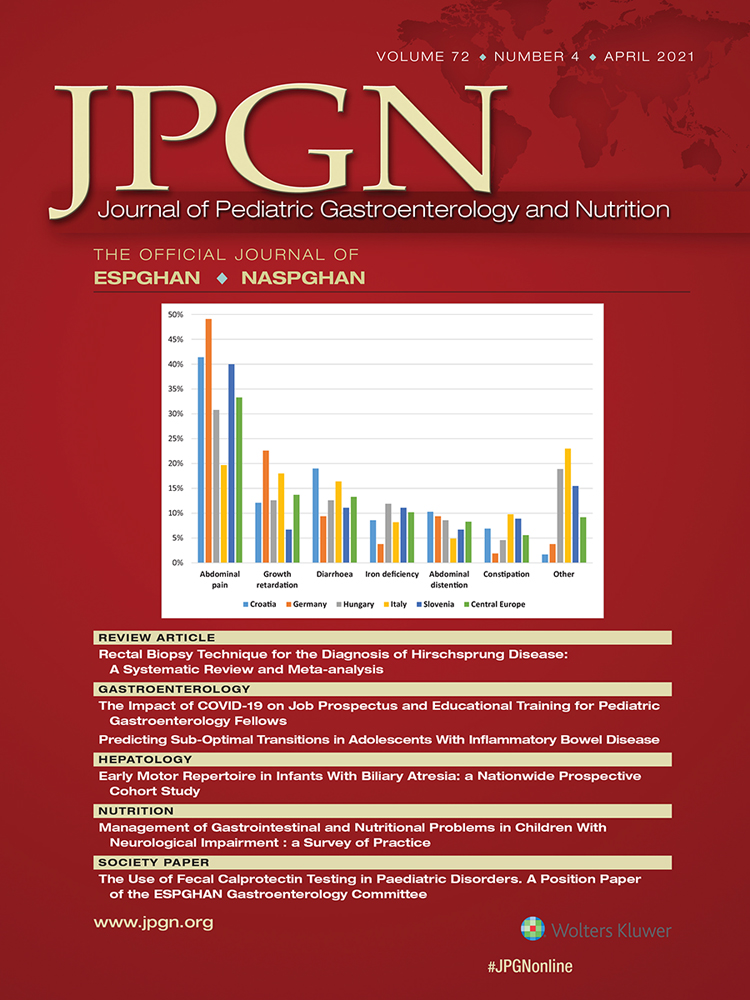Predicting Suboptimal Transitions in Adolescents With Inflammatory Bowel Disease
Psychosocial, socioeconomic, and disease-related risk factors can be used to predict which adolescents and young adults with inflammatory bowel disease are at risk for a suboptimal transition to adult care, defined as a return to pediatric care or care escalation.
The authors report no conflicts of interest.
ABSTRACT
Objectives:
Adolescents and young adults (AYAs) are at risk for disease exacerbations and increased health care utilization around the time of transition to adult care. Our aim was to identify risk factors predictive of a suboptimal transition for AYA with inflammatory bowel disease.
Materials and Methods:
We performed a retrospective chart review of patients with pediatric inflammatory bowel disease transferred to adult care from our institution in 2016 and 2017, recording demographic, psychosocial, and disease-specific data. Post-transfer data were obtained via the health care information exchange from the adult provider within our electronic medical record. We defined suboptimal transition as either a return to pediatric care or requiring care escalation within 1 year of transfer.
Results:
Out of 104 subjects 37 (36%) were found to have had a suboptimal transition. Our models suggest that a suboptimal transition is associated with several risk factors including any mental health diagnosis (odds ratio [OR] = 4.15; 95% confidence interval [95% CI]: 1.18–14.59), history of medication nonadherence (OR = 5.15 [95% CI: 1.52–17.42]), public insurance (OR = 6.60 [95% CI: 1.25–34.96]), higher Physician Global Assessment score at time of transition (OR = 6.64 [95% CI: 1.60–27.58], and short Pediatric Crohn Disease Activity Index scores (OR = 1.17 [95% CI: 1.03–1.33]). Higher hemoglobin levels at transition were protective (OR = 0.69 [95% CI: 0.48–0.98]). Age at time of transition, disease duration, and medication type at transition were not found to be associated with transition outcomes.
Conclusion:
AYA with public insurance, a mental health history, medication nonadherence, and evidence of active disease may be at greater risk for suboptimal and poor health outcomes at transition.




